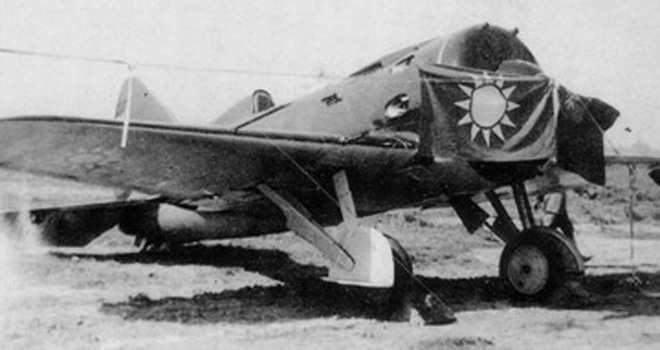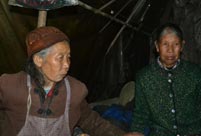

 |
| I-16 fighters of Soviet Union air squadron. (File photo) |
NANJING, April 12 -- Archivists in east China's Nanjing City are busying preparing for China's first exhibition on a Soviet Union air squadron that volunteered to help China drive out invading Japanese troops during World War II.
The show will be staged in the Russia Central Military Museum on May 9, when President Xi Jinping is scheduled to attend Moscow's celebration of the 70th anniversary of the Soviet Union's victory over Nazi Germany.
Although less known than the "Flying Tigers", its U.S. equivalent, the Soviet Union air squadron was the first international force to join China's Anti-fascist War, in 1937, said Luo Chaojun, deputy curator of the Nanjing Anti-Japanese Aviation Martyr Memorial Hall, organizer of the exhibition.
It was December 1941 before the "Flying Tigers" joined their first air battle over China.
Luo said historical documents showed more than 2,000 Russian pilots and 1,000 aircraft joined the volunteer force to China, and more than 200 of the pilots sacrificed their lives.
In the museum, there is a giant memorial tablet inscribed with the names of 236 of the Russian martyrs.
"Few photos of the Russian volunteers could be found. In exchanges with the Russian side, we understood that many of the Russian volunteers came to China in secret. Some used pseudonyms, and not even their families knew they joined the war in China," said Luo.
He said in organizing the exhibition, they would select the stories of around 10 identifiable Russian pilots. Their stories will be "threaded with the significant battles the squadron joined in Nanjing, Nanchang, Wuhan and Taiwan."
Among them, a main character is Gregory Kulishenko, captain of the squadron. He joined the fight in June, 1939.
Chen Jiazhang, Chinese colonel with the Kuomintang Party, recalled Kulishenko's heroic death in his memoir. Kulishenko had shot down six enemy aircraft, but one of his engines had been badly hit in the action. He managed to land on a tiny islet on the Yangtze River. Two of his crewmates managed to get off the plane and swim to shore, but Kulishenko and the plane were engulfed by the river.
Kulishenko's daughter did not know that her father joined the war in China until 1950, when she heard from a Chinese student studying in Moscow that her father was a hero in China.
In the defence of Nanjing between November and December of 1937, six Russian pilots died. Among them, Sergei Popov, the youngest, was only 22. The eldest, Vasily Alekseev, was 30.
"The mission on Nov. 22, 1937, might be the first battle that the squadron joined in China," said Hu Zhuoran, researcher with the memorial hall, said.
Earlier this month, the Nanjing Daily launched a campaign calling for the public to submit information on the Russian martyrs; their burial places and the whereabouts of the wreckage of the planes.
Cheng Weiwei, an archivist with the memorial hall, said she has found that three of six pilots did not have their names inscribed on the memorial tablet, which was based on a name list provided by Russian archivists.
"We hope to find more information to further confirm their identities," she said.
 J-11 fighters in air exercise
J-11 fighters in air exercise Beauties dancing on the rings
Beauties dancing on the rings Attendants-to-be join Mr. & Miss Campus Contest
Attendants-to-be join Mr. & Miss Campus Contest Beijing's toughest anti-smoking law takes effect
Beijing's toughest anti-smoking law takes effect Family lives in cave for about 50 years in SW China
Family lives in cave for about 50 years in SW China PLA soldiers operating vehicle-mounted guns in drill
PLA soldiers operating vehicle-mounted guns in drill Blind carpenter in E China's Jiangxi
Blind carpenter in E China's Jiangxi China hosts overseas disaster relief exercise for the first time
China hosts overseas disaster relief exercise for the first time 20 pairs of twins who will become flight attendants in Sichuan
20 pairs of twins who will become flight attendants in Sichuan Obama is sowing discontent in S.China Sea
Obama is sowing discontent in S.China Sea Rescuers work through night to reach cruise ship survivors
Rescuers work through night to reach cruise ship survivors Driving through limbo
Driving through limbo Facing down MERS
Facing down MERSDay|Week